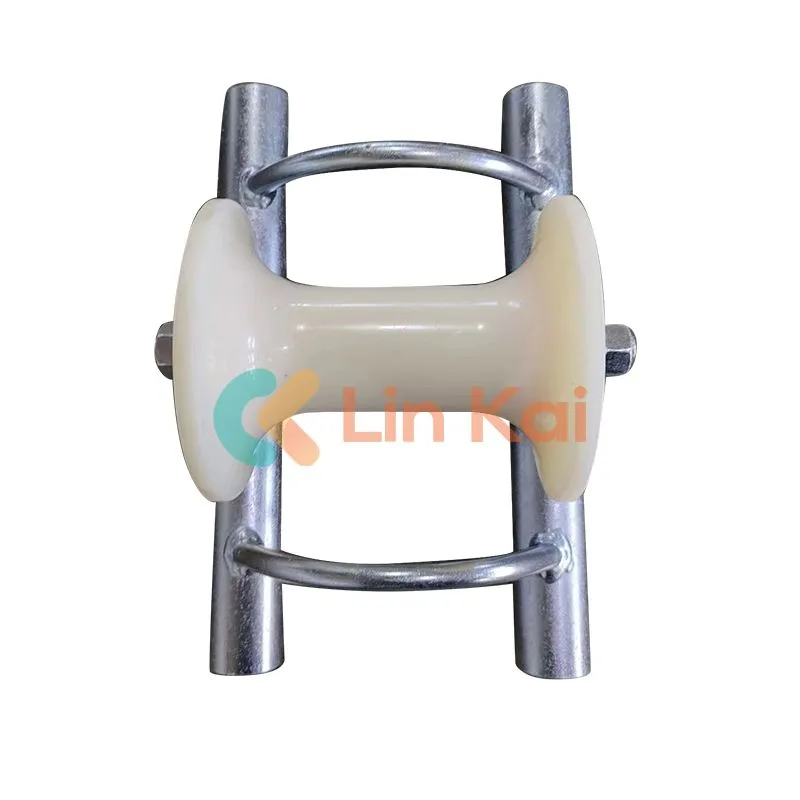
- English
- Español
- Português
- русский
- Français
- 日本語
- Deutsch
- tiếng Việt
- Italiano
- Nederlands
- ภาษาไทย
- Polski
- 한국어
- Svenska
- magyar
- Malay
- বাংলা ভাষার
- Dansk
- Suomi
- हिन्दी
- Pilipino
- Türkçe
- Gaeilge
- العربية
- Indonesia
- Norsk
- تمل
- český
- ελληνικά
- український
- Javanese
- فارسی
- தமிழ்
- తెలుగు
- नेपाली
- Burmese
- български
- ລາວ
- Latine
- Қазақша
- Euskal
- Azərbaycan
- Slovenský jazyk
- Македонски
- Lietuvos
- Eesti Keel
- Română
- Slovenski
- मराठी
- Srpski језик
What are the environmental impacts of using underground cable installation tools?
2024-09-06

What are some of the environmental impacts of using underground cable installation tools?
One major environmental impact of using underground cable installation tools is the disruption of natural habitats. These tools can cause damage to trees, shrubs, and other vegetation in their path as they are being installed. This can cause a significant disruption to local ecosystems and can result in the loss of biodiversity.
Another potential environmental impact of using underground cable installation tools is the release of pollutants into the air and water. Many of these tools rely on diesel engines or other fossil fuel-powered devices to operate, which can release harmful pollutants into the air and water. This can lead to increased air and water pollution, which can have a negative impact on human health and the environment as a whole.
How can these environmental impacts be minimized?
There are several strategies that can be employed to minimize the environmental impacts of using underground cable installation tools. One approach is to use alternative technologies such as trenchless installation or aerial installation, which can reduce the need to disturb natural habitats and minimize the release of pollutants. Additionally, operators can take steps to minimize the use of fossil fuels by using electric devices or using more efficient diesel engines.
Another approach is to carefully plan the installation process and avoid sensitive areas such as wetlands or areas with endangered species. By carefully assessing the environmental impact of an installation project beforehand, operators can take steps to minimize any negative effects on the environment.
Conclusion
Overall, underground cable installation tools can have a negative impact on the environment, but there are strategies that can be employed to minimize these impacts. By using alternative technologies, minimizing the use of fossil fuels, and carefully planning the installation process, operators can help protect the environment while still achieving their installation goals.
Ningbo Lingkai Electric Power Equipment Co., Ltd. is one company that is dedicated to minimizing the environmental impact of its products. The company specializes in producing high-quality cable installation tools that are designed to be efficient and environmentally friendly. For more information on the company and its products, please visit https://www.lkstringing.com. To get in touch with the company, please email nbtransmission@163.com.
Scientific Research Related to Environmental Impacts of Underground Cable Installation Tools
1. Garcia, F., & Yebra, L. (2015). Environmental impact of power transmission lines and mitigation measures. Renewable and Sustainable Energy Reviews, 41, 390-397.
2. Janković-Milić, V., Ševo, L., & Bešlin-Jakšić, E. (2019). Environmental impact assessment of high voltage underground cable installation-proposed methodology. Environmental Science and Pollution Research, 26(34), 35065-35072.
3. Makhdoom, F. M., & Ahmad, S. (2016). Environmental impacts of overhead and underground transmission lines using life cycle assessment approach. Journal of Cleaner Production, 112, 1977-1986.
4. Zhang, Y., Gao, Q., Chen, W., Jin, L., & Liu, X. (2019). Environmental impact assessment of 10 kV underground cable lines based on an improved life cycle assessment method. Journal of Cleaner Production, 234, 810-818.
5. Ahmad, S., & Makhdoom, F. M. (2017). Assessment of environmental impact of high voltage underground and overhead transmission lines. Journal of Cleaner Production, 142, 992-1002.
6. Cahill, M. E., Dornfeld, D. A., & Wenzel, T. P. (2015). A comprehensive life-cycle-based environmental assessment of undergrounding the Manhattan Island Power Grid. Journal of Industrial Ecology, 19(3), 531-542.
7. Kunkuyu, N. E., & Kayis-Kumar, A. (2018). Environmental impact assessment of power transmission lines using life cycle assessment methodology: A case study of the Palatine urban transmission line. Journal of Cleaner Production, 170, 95-103.
8. Raboni, M., Tretti Clementoni, L., & Tascioni, R. (2015). Environmental assessment of energy transmission: A case study on underground cables in Italy. Energy, 81, 339-350.
9. Wu, Y., Ye, M., Ling, X., & Huang, W. (2016). An integrated environmental assessment method of overhead and underground transmission lines: A case study. International Journal of Electrical Power & Energy Systems, 78, 1-9.
10. Yang, Y., Gao, Q., & Jin, L. (2018). Environmental assessment of underground versus overhead power transmission lines based on AHP in China. Applied Energy, 222, 413-422.



